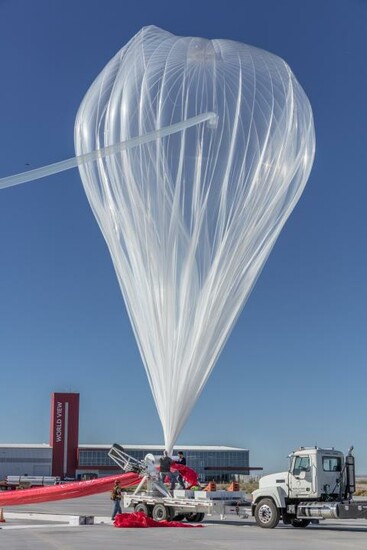Paving the Way for Precise Small Lunar Landers
CAMBRIDGE, MA—The new era of space exploration is here, with a focus on landing people back on the Moon. But before the next manned moon shot, a raft of smaller, commercially-driven robotic lunar missions are being developed.
A major challenge exists before this market can take off, however. Space technology needs to be developed that can deliver highly accurate navigation on the Moon while meeting the requirements in size, weight, power and cost for a small lander.
NASA recognized as much when it launched its Flight Opportunities program to support and advance spaceflight technology development. The agency selected Draper to flight-test a multi-environment navigator (DMEN) to test the vision-based navigation techniques required for precise lunar landing.
DMEN is a self-contained package that weighs four pounds and fits within a volume of 10inx10inx8in. All necessary hardware is contained within the system, except for the external camera lens, including an inertial measurement unit sensor, camera body, processing, sensor circuitry and battery power. A powerful suite of algorithms process the sensor data into a navigation solution, providing capability for visual-inertial odometry and visual terrain-based absolute positioning. The software enables the unit to meet the size, weight, power and cost constrains of the commercial market.
Recently, Draper put its DMEN navigator to a suborbital test with flight provider World View® Enterprises, a commercial stratospheric flight company selected by NASA to integrate and fly technology payloads to the boundary of space. On Tuesday, April 9, 2019, World View conducted a successful test mission for Draper that launched from Spaceport Tucson, the company’s primary launch location for high-altitude missions.
The recent testing demonstrated the ability to accurately navigate the payload, using only imagery and inertial measurements. During testing in Arizona, the balloon achieved an altitude of 108,000 feet, with DMEN gathering data to compare terrain features spotted using optical sensors with commercial satellite imagery of the area.
DMEN is part of a portfolio for applying vision navigation technologies to support tactical UAVs, autonomously guided parachutes for precision resupply and individual soldier navigation.
Draper’s portfolio in guidance, navigation and control includes lunar terrain-relative navigation, a capability that will be critical for NASA’s return to the Moon. Recently the agency selected Draper to lead a team under the agency’s Commercial Lunar Payload Services program.
The current work was funded by NASA.
Released April 17, 2019







